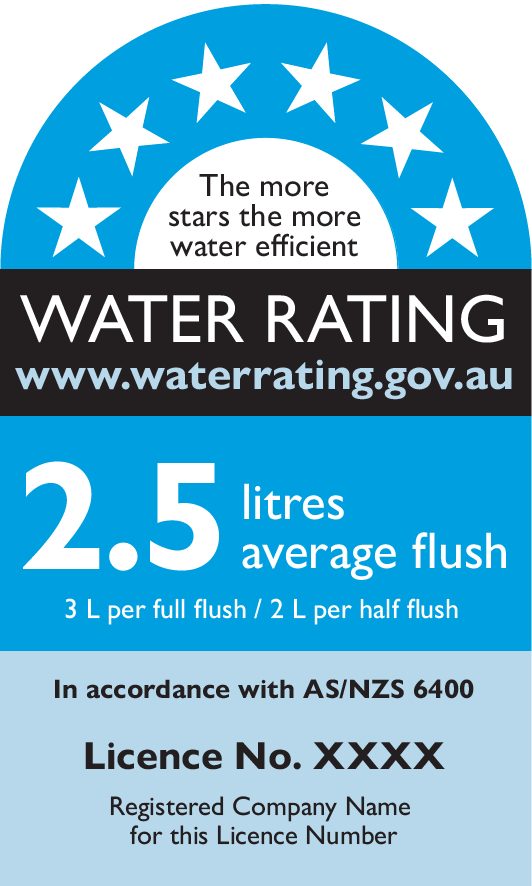Toilets
1/4 of all the water we use in the bathroom is flushed down the toilet!
- Old toilets can use up to 18 litres per flush, so put a water filled plastic bottle or a brick into your cistern to reduce the water used
- Leaking toilet cisterns waste litres of water each day. Check for leaks by putting a few drops of food dye in the cistern. If you have a leak, coloured water will appear in the bowl before the toilet has been flushed.
- Toilet leaks are often a result of the rubber valve in the cistern deteriorating. You can contact a licensed plumber to fix this for you.
- Don’t use your toilet as a bin. Feminine hygiene products, food waste, baby wipes and goldfish should go in the bin! Flushing these down the toilet not only wastes valuable water but places additional strain on the sewerage system.
Renovating soon?
- If you are building a new home or doing a bathroom renovation consider installing plumbing to flush your toilets using rainwater or greywater.
- Buy a dual flush toilet with a four-star water efficiency rating. These toilets use just 4.5 litres for a full flush and 3 litres for a half flush.

Follow these simple steps to check if your toilet has a leak!
- Remove the lid of your toilet cistern.
- Place a few drops of food dye into the cistern.
- Do not flush your toilet for 10-15 minutes.
- If the dye has seeped down into the bowl when you return, then you know you have a leak.

Choose a top rated toilet
Before buying a new toilet, check the manufacturer’s water efficiency labels. Australia’s Water Efficiency Labelling and Standards (WELS) scheme allows consumers to compare the water efficiency of different products using a star rating system. By buying more water efficient products you can save money on water and electricity bills and help the environment!



